Description
Explore Portrait Painting
This is an exciting and versatile course which offers a variety of approaches to the genre of portrait painting.
A series of tutorials on traditional techniques taught in a step-by-step manner are followed by tutorials on more contemporary and spontaneous approaches to portrait painting, tutored by two contrasting figurative painters.
The course will include a visit to the National Gallery (AM) to study appropriate portraits relevant to the two components of the course led by Fred Crayk.. Carl Randall will lead you through Old Master techniques, including glazing and under painting, using presentations and reproductions in the studio.
This course is suitable for students who have some experience of painting (oil or acrylic), and is designed to give students a broad and well- rounded experience of portraiture.
Schedule of 12 Week Course:
Lesson 1 (with Carl Randall) and lesson 2 (with Fred Crayk): Introductory drawing session with each tutor respectively
Followed by two continuous 5 week blocks with each tutor. (First 5 week block with Carl Randall. Second 5 week block with Fred Crayk.)
Materials required:
Sessions with Carl Randall:
Lesson 1: (the first session)
A large piece of paper the same size as your canvas. Your canvas will be ideally coloured mid-tone grey,
pencil and eraser.
The first 5 week block of lessons
Oil paints (any well-known brand): Titanium White, Yellow Ochre, Alizarin Crimson, Cadmium Red, Burnt Umber, Ivory Black, Ultramarine Blue; Sap Green or Terre Verte.
Brushes: assorted sizes of bristle, synthetic and sable brushes, including filberts, rounds and flats. Very small pointed brushes are important (for very fine sharp detail). Very large brushes are not required.
A3 Palette (tear off better than wood). Ideally grey colour.
Palette knife
Jam jar with lid
Pipette (eye dropper).
Rags
Oil painting boards or stretched canvas (largest or second largest one available from school shop).
Any oil Painting Medium (but preferably not slow drying).
Odourless solvent (Sansadoor).
Note: you do not need all of the above items from the very start. They can be bought at the start of each lesson from the school shop. when needed for each lesson.
Sessions with Fred Crayk:
Lesson 2 (The second session)
charcoal, pencils, paper. (all available in the college shop)
The second 5 week block of lessons
oil paint (same selection of paints as Carl Randall above).
hog-hair brushes; various sizes,
palette knife (trowel shaped).
palette
dippers
canvas and/or canvas boards (available from the college shop)
Mondays
23 September – 9 December / 10.00am – 4.00pm
12 weeks / No half term break
Tutors: Carl Randall and Fred Crayk
Course #: MN27
Materials List
Materials required:
Sessions with Carl Randall:
Lesson 1: (the first session)
A large piece of paper the same size as your canvas. Your canvas will be ideally coloured mid-tone grey,
pencil and eraser.
The first 5 week block of lessons
Oil paints (any well-known brand): Titanium White, Yellow Ochre, Alizarin Crimson, Cadmium Red, Burnt Umber, Ivory Black, Ultramarine Blue; Sap Green or Terre Verte.
Brushes: assorted sizes of bristle, synthetic and sable brushes, including filberts, rounds and flats. Very small pointed brushes are important (for very fine sharp detail). Very large brushes are not required.
A3 Palette (tear off better than wood). Ideally grey colour.
Palette knife
Jam jar with lid
Pipette (eye dropper).
Rags
Oil painting boards or stretched canvas (largest or second largest one available from school shop).
Any oil Painting Medium (but preferably not slow drying).
Odourless solvent (Sansadoor).
Note: you do not need all of the above items from the very start. They can be bought at the start of each lesson from the school shop. when needed for each lesson.
Sessions with Fred Crayk:
Lesson 2 (The second session)
charcoal, pencils, paper. (all available in the college shop)
The second 5 week block of lessons
oil paint (same selection of paints as Carl Randall above).
hog-hair brushes; various sizes,
palette knife (trowel shaped).
palette
dippers
canvas and/or canvas boards (available from the college shop)
Please only bring low odour thinners (eg Winsor & Newton Sansodor). You can buy this from the school shop. For health & safety reasons we do not allow the use of white spirit or turpentine at Heatherleys.
Classes with Carl Randall
In these classes you’ll learn techniques based on the Old Masters.
Lessons are designed in a structured and sequential manner. This will enable you to successfully paint a portrait with a convincing sense of form and three dimensions.
Disciplines are divided into individual projects, such as looking separately at shape, tone, colour and paint application. Often using the traditional techniques of grisaille and glazing.
One or two lessons towards the end may be geared to more contemporary and looser approaches to portraiture.
As projects are structured in a sequential manner it’s advisable that all lessons are attended, wherever possible. If lessons are missed, your tutor will offer alternatives. Please be aware that this will result in a different learning experience and outcome to students attending all lessons.
Classes with Fred Crayk
In these classes you’ll be introduced to an organic, loose and more speculative approach to portrait painting, based on brush work and ‘touch’.
The structure of these lessons is flexible with the intention of accommodating the instability and ambiguity which occurs during the process of observation of visual information.
You’ll be offered the opportunity explore self-expression in the context of the portrait genre. The question of tonal nuance and temperature is paramount and you’ll be encouraged to assess these subtle elements in an expressive way.
The issue of ‘likeness’ will also be examined and related to the constantly, often subtle, changing appearance of the model.
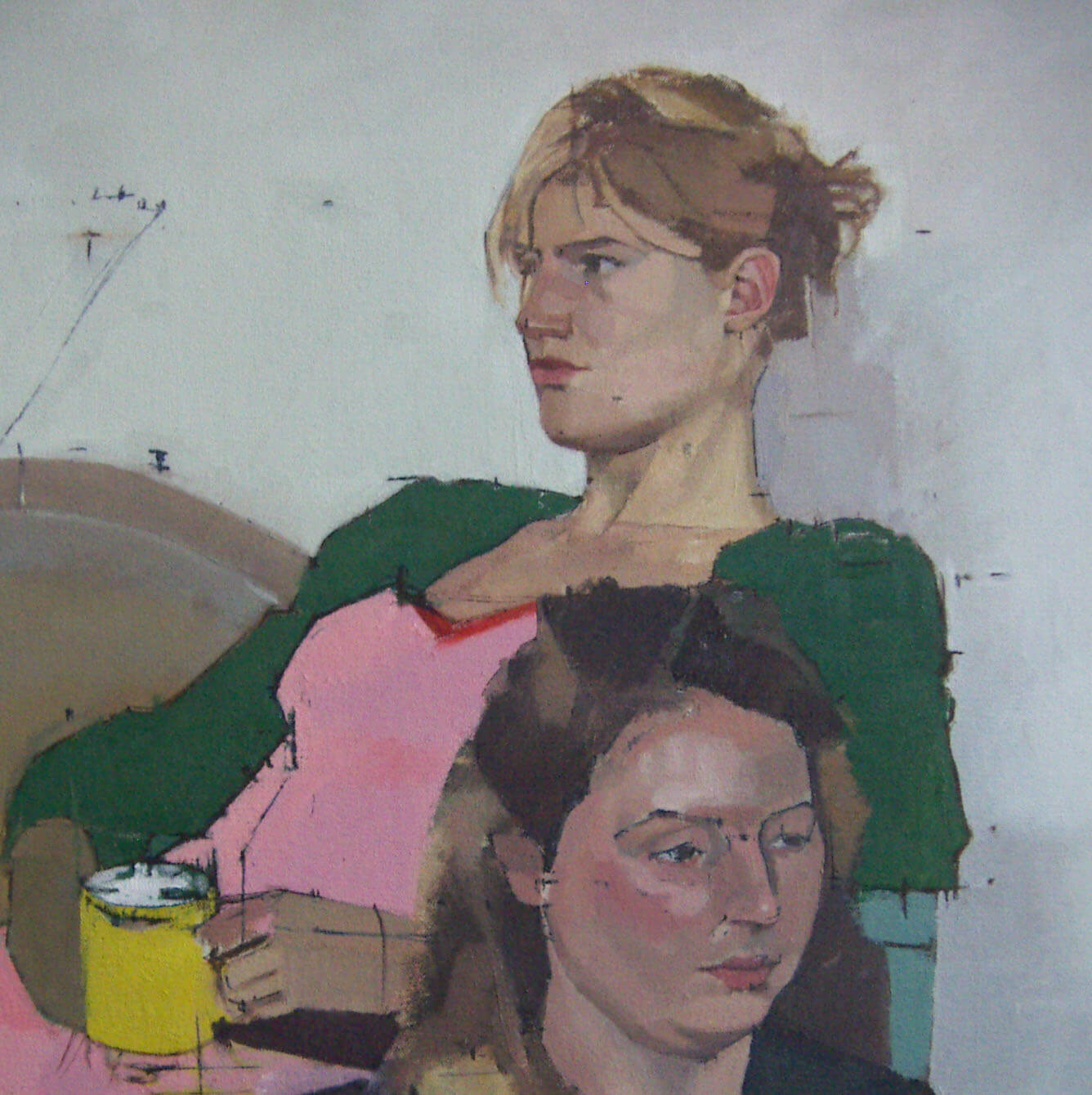
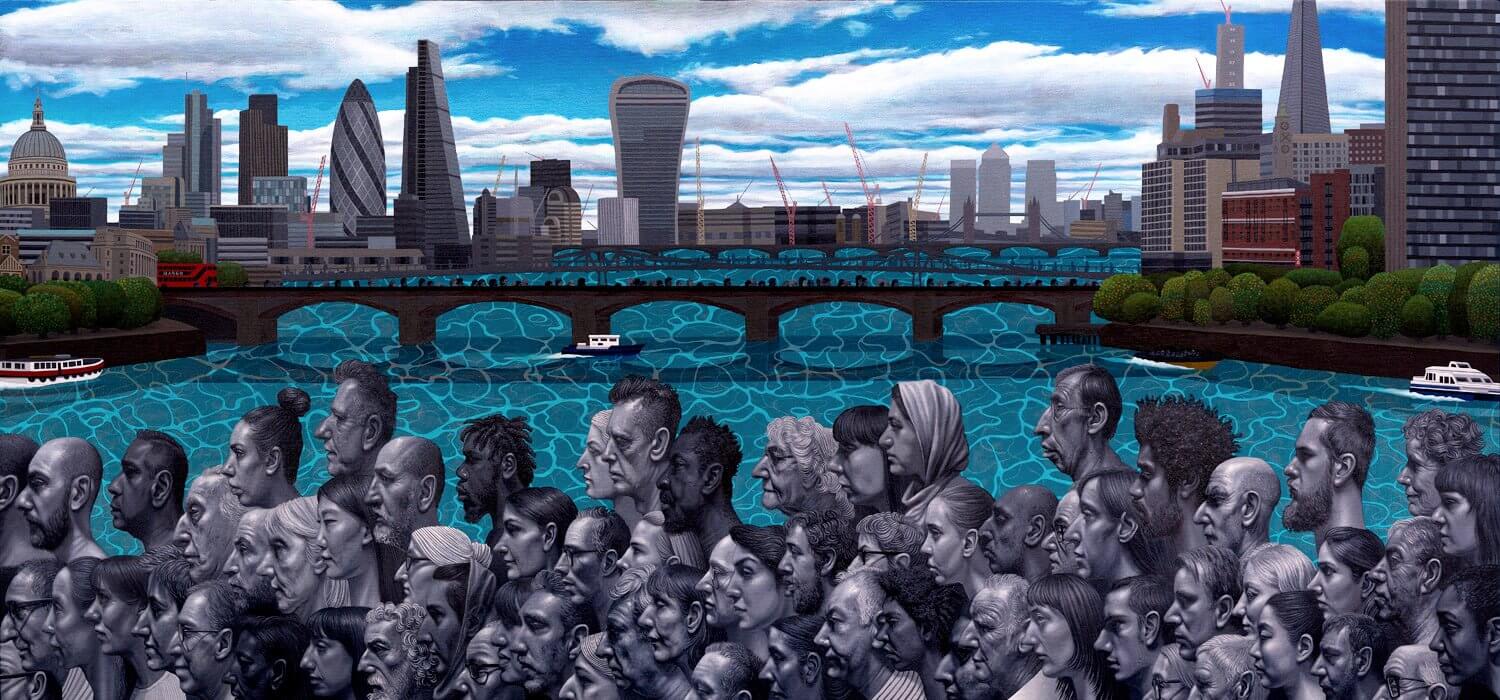

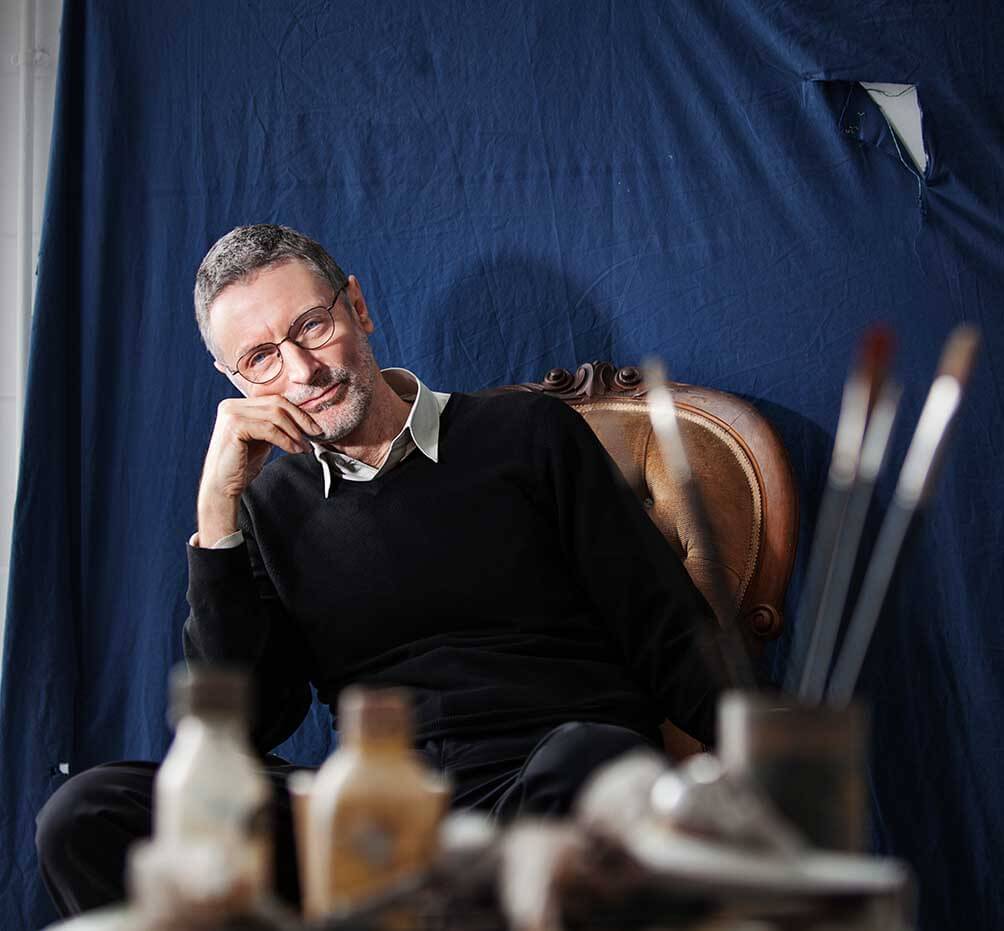
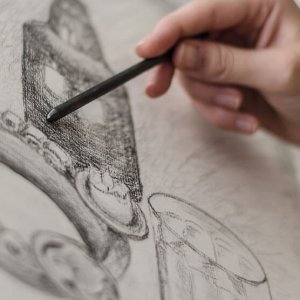
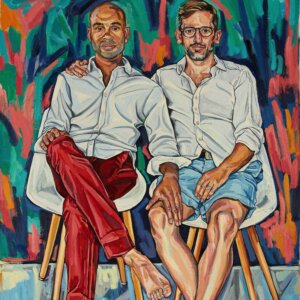
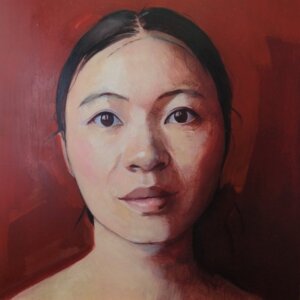
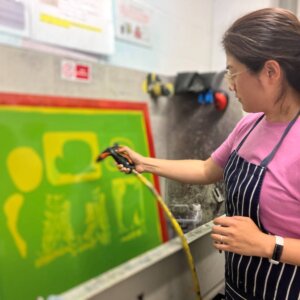
Reviews
There are no reviews yet.